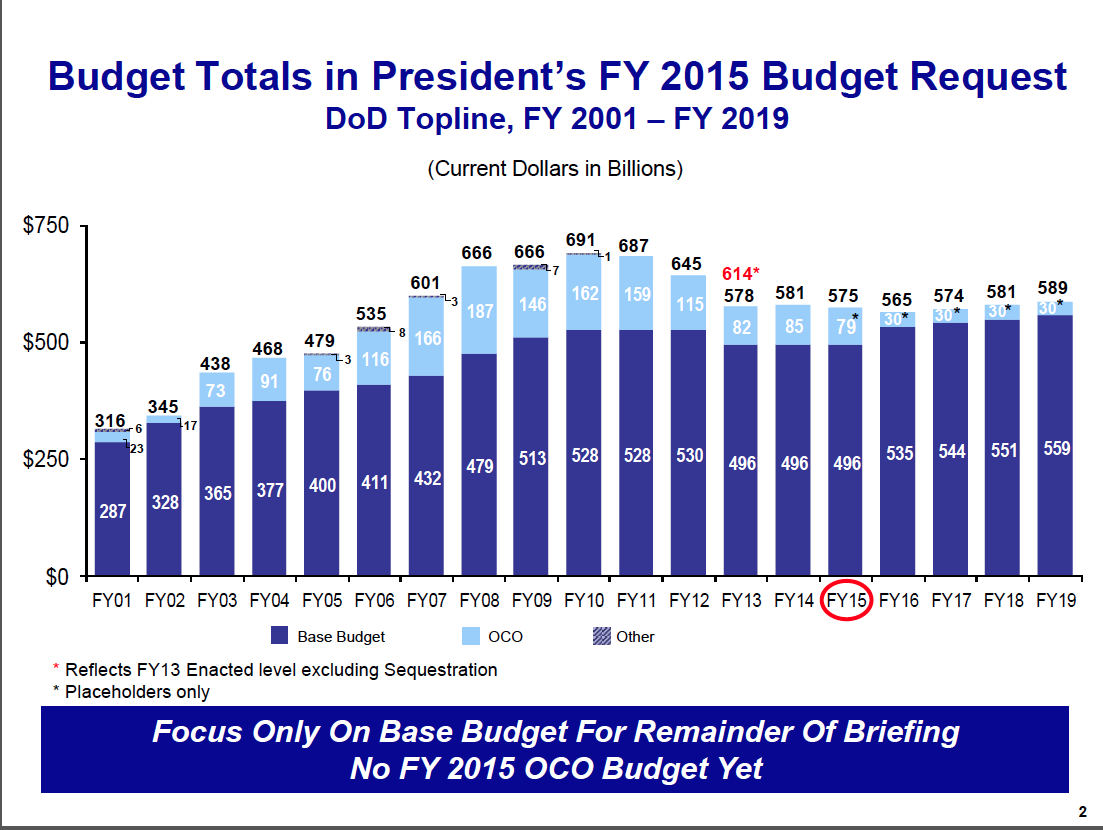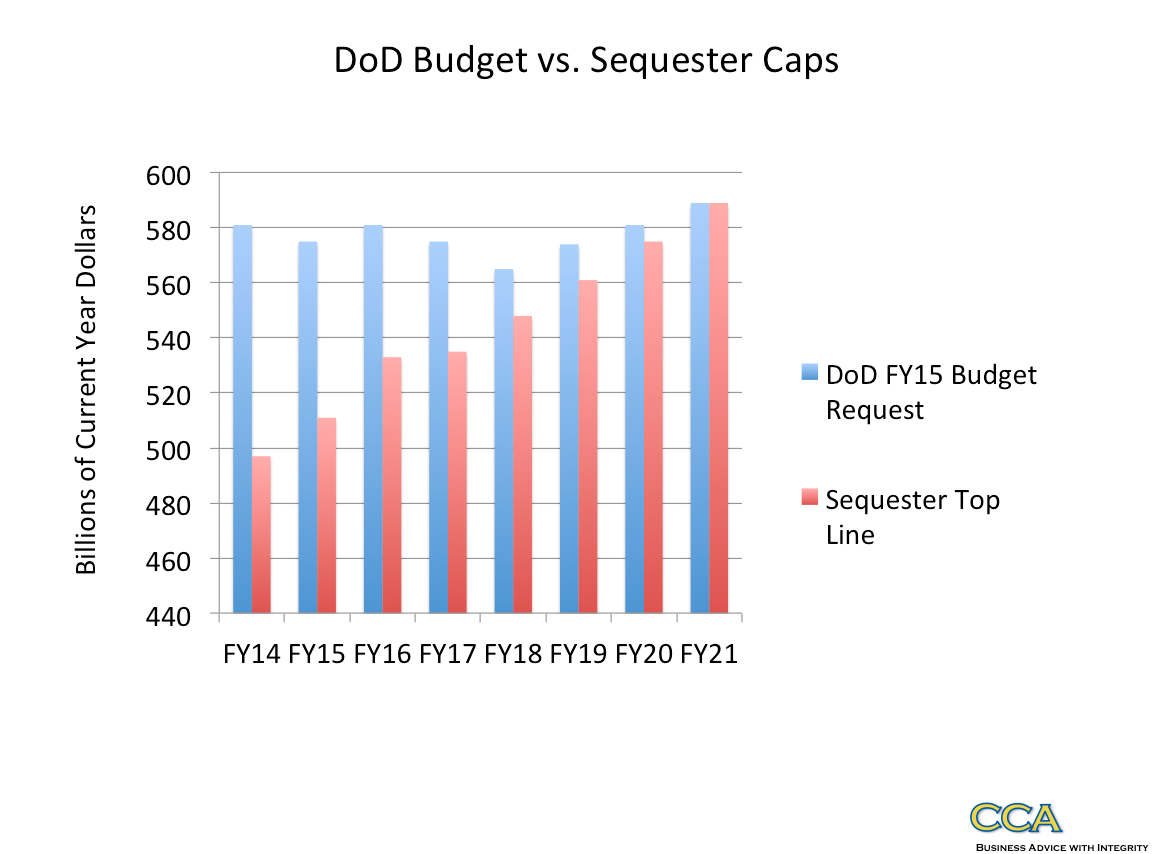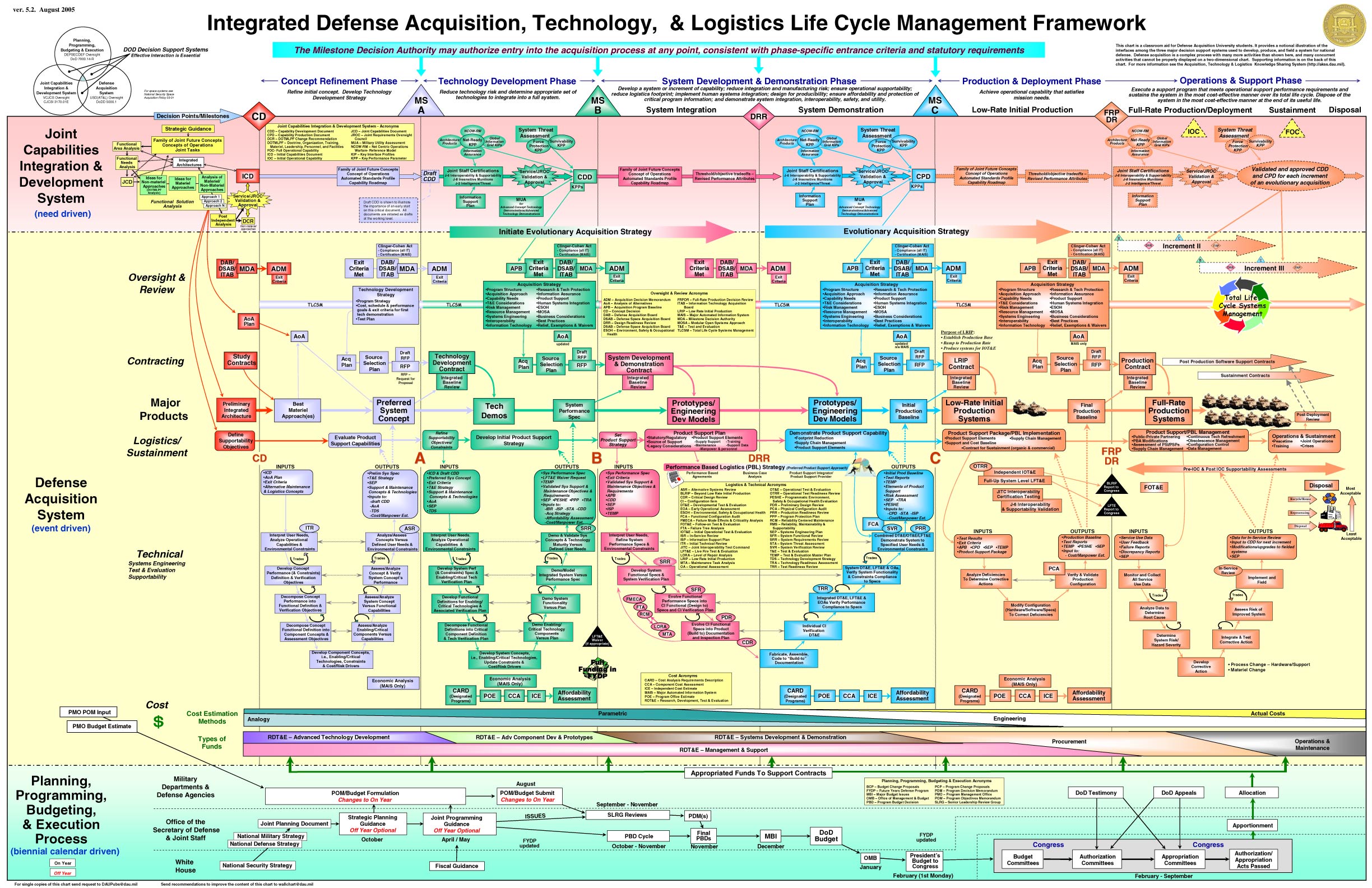I know. I know. You are asking what can this article possibly be about? Well, it’s all about the DoD budget (the Dream) and sequestration (the Nightmare). I’ve been talking to a few budget folks over the past week and asking how is this year compared to others in terms of pain. The universal answer has been “Not so bad this year.” But soon all our dreams of finally getting some sanity in the budget process will give way to the nightmarish and forgotten process known as Sequestration. It’s been quite a journey to get to where the DoD budget is today. Despite all the dire warning about sequestration, all seems to be well for now. There’s some squeaking from the fringes about cuts to force structure, BRAC, pay and benefit cuts, rising health care costs, etc. There are still some struggles going in within the Navy about how many carriers and other combatants the Navy can afford. The Air Force is struggling to make ends meet by removing the A-10 from the battlefield, and the Army and Marine Corps are wrestling with end-strength reductions. Seems like a normal day in DC. I mentioned it’s been quite a journey to get here, and an improbable one at that. Let’s just review the history in case visiting Aliens would like a quick briefing (Do you think they would believe it?) or you want to explain it to your grandchildren.
August 2011. The President signed the Budget Control Act of 2011. The debt ceiling debate was in full swing but the BCA saved the day ( or so we thought). It did a few things:
- Raised the debt ceiling to $14.694 Trillion (bumped up another $500 Billion in Oct 2011)
- Cut spending for 10 years by about $917 Billion, roughly half for DoD
- Set up the Congressional “Super Committee” to find another $1.2 Trillion in cuts over 10 years. If they were unable to do so by December 2011, than a series of mandatory cuts would kick in.
- Required a vote on a Balanced Budget Amendment (which failed)
- Monkeyed around with graduate and professional student loans, although it increased funding for Pell Grants
December 2011. Oooops. The “Super Committee flopped” so the arbitrary cuts demanded by sequestration loomed for next year’s budget.
February 2012. DoD Budget for 2013 ignores sequestration.
December 2012. DoD finally starts planning for possible 2013 spending reductions demanded by sequestration.
January 1, 2013. The American Taxpayer Relief Act of 2012 delays sequestration to March 1, 2013, and cuts some of the sequestration caps.
March 2013. Continuing Resolution funds Government till end of September 2013
October 1-16, 2013. Government Shuts down.
October 16, 2013. Congress passes the Continuing Appropriations Act, 2014 which funded the Government through February 2014 (actually it extended the debt ceiling limit)
December 26, 2013. President signs the Bipartisan Budget Act of 2013 which restored $45 Billion of sequestration cuts in 2014 and $11 Billion in 2015 by adding sequestration cuts to 2022 and 2023.
It this any way to run a railroad? No wonder nothing works right and everything the government does costs more. There’s no stability to allow for any sort of long-range plan. But you all know that. The point of all this is that through a series of improbable event, we have managed to kludge together funding to keep the US in business (such as it is). But there’s nothing in the works that I know of to fix 2016, the budget that being build right now in the Pentagon. And just like a scene out of Ground Hog Day, DoD is putting together a budget that ignores sequestration. Here’s a chart right out of the DoD 2015 Budget Briefing. Notice that there is no mention of sequestration (except to exclude it).  Now here’s a rough chart (I’m sure the numbers are off slightly) of what sequestration funding levels are relative to the DoD budget. Notice it’s $115 Billion out of round through 2019. That’s how much money the Pentagon is stuffing into the budget over sequestration spending levels.
Now here’s a rough chart (I’m sure the numbers are off slightly) of what sequestration funding levels are relative to the DoD budget. Notice it’s $115 Billion out of round through 2019. That’s how much money the Pentagon is stuffing into the budget over sequestration spending levels.  The only point of this little tale is to impress upon you how important it is that we get this fixed. We can’t keep grinding our people into the dirt with endless budget drills which make no sense. There are three possible strategies to deal with the situation IMHO:
The only point of this little tale is to impress upon you how important it is that we get this fixed. We can’t keep grinding our people into the dirt with endless budget drills which make no sense. There are three possible strategies to deal with the situation IMHO:
- Business as usual. The politicians will fix it just like last time. (The Hope gambit and our current vector)
- Force DoD to plan for Sequestration in 2016 and beyond. (The Defeatist gambit)
- 1 and 2 (The “Probably what’s happening in the Pentagon, but no one will admit it” gambit)
Where do I come down?…..What the heck….let’s go for number 1. It worked last time and the politicians always fix it in the end, no matter how much pain gets inflicted in the process. And so it goes………..







